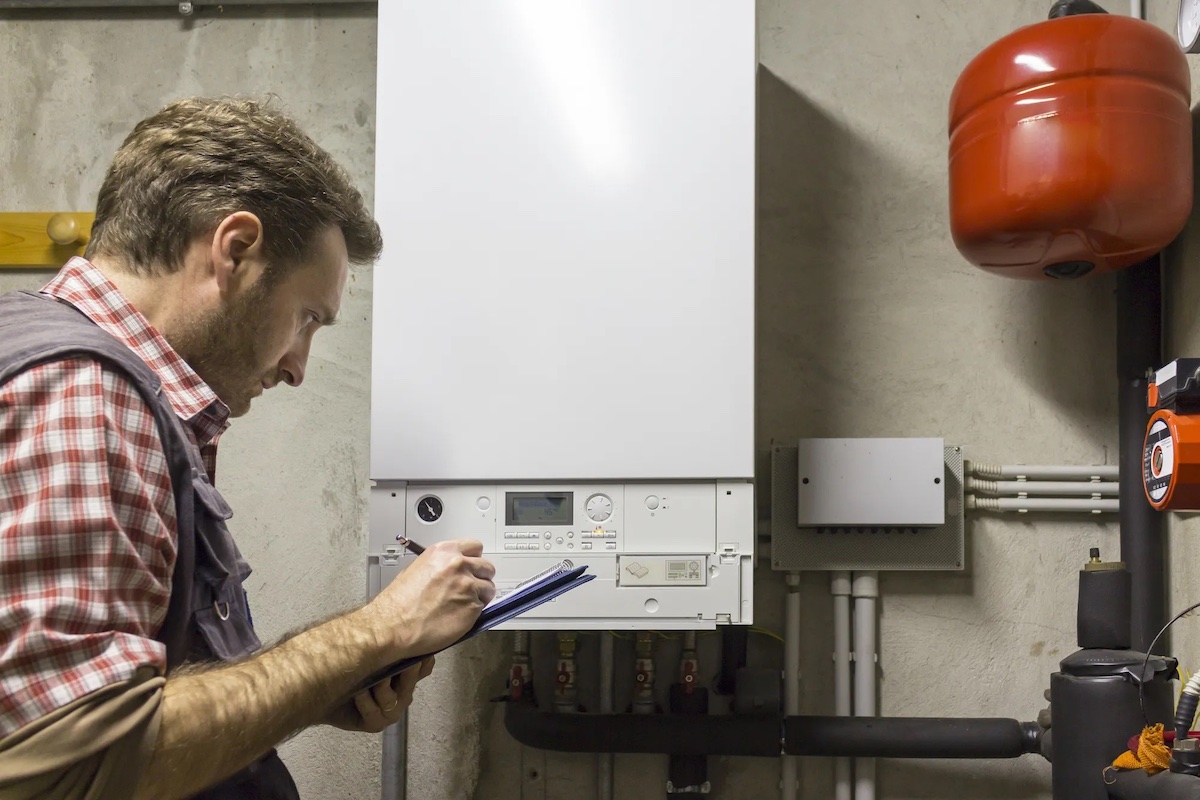
Winter brings cozy nights and chilly days, but it can also bring hefty heating bills. Luckily, implementing a few simple best practices can help you stay warm while keeping your energy costs in check. Here’s how:
Maintain Your HVAC System
A well-maintained HVAC system runs more efficiently, using less energy to heat your home. Schedule a professional tune-up before the cold sets in to ensure your system is working at peak performance. Clean or replace filters regularly to improve airflow and reduce strain on your system.
Seal Air Leaks
Air leaks in windows, doors, and ductwork let warm air escape and cold air seep in, causing your heating system to work harder. Use weather stripping or caulk to seal gaps around windows and doors. For ductwork, hire a professional to inspect and seal any leaks.
Adjust Your Thermostat
Lowering your thermostat by just a few degrees can significantly reduce your heating costs. Invest in a programmable or smart thermostat to automatically adjust the temperature when you’re asleep or away. Setting your thermostat to 68°F when you’re home and even lower when you’re out can lead to noticeable savings.
Use Curtains Strategically
During the day, open curtains on south-facing windows to let sunlight naturally warm your home. At night, close them to add an extra layer of insulation and prevent heat loss through the windows.
Insulate Your Home
Proper insulation is key to maintaining a comfortable indoor temperature. Check your attic, walls, and basement for adequate insulation, and consider upgrading if necessary. Insulation prevents warm air from escaping and keeps cold air out.
Optimize Ceiling Fans
Reverse the direction of your ceiling fans in the winter so they rotate clockwise. This pushes warm air that rises to the ceiling back down into the room, improving overall comfort and reducing heating needs.
Use Zone Heating
Focus heating on the areas you use most by closing doors to unused rooms and using space heaters where necessary. This minimizes the energy wasted on heating unoccupied spaces.
By implementing these best practices, you can reduce heating costs without sacrificing comfort. Not only will your wallet thank you, but you’ll also be contributing to a more energy-efficient and eco-friendly home.
